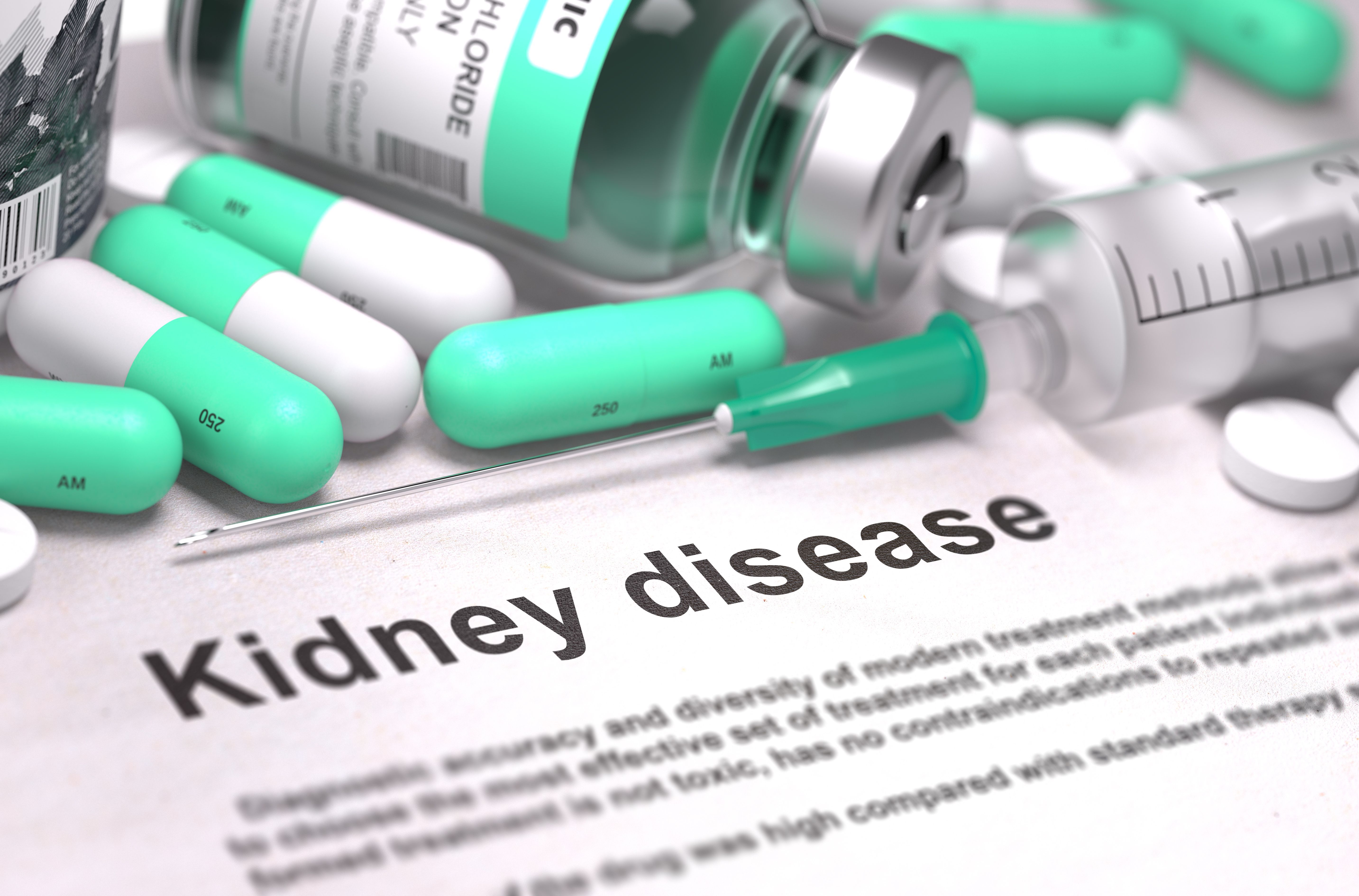News
Article
Peroxiredoxins Linked to Kidney Function Decline in IgA Nephropathy
Author(s):
Results suggest certain peroxiredoxins may be viable prognostic markers in glomerulopathies, including IgA nephropathy and membranous nephropathy.
Credit: Fotolia

Findings from a recent study are calling attention to the potential utility of 2-cysteine-peroxiredoxins as prognostic markers in multiple glomerulopathies, including IgA nephropathy (IgAN).1
The research was presented at the 61st European Renal Association Congress and built upon a previous pilot study confirming differential changes of peroxiredoxins 1-5 in patients with IgAN, lupus nephritis, and membranous nephropathy. Results of the present study suggest a link between peroxiredoxins and the deterioration of kidney function, particularly in patients with IgAN.1
IgAN is a rare disease, but the most common form of glomerulonephritis. Its prognosis varies from person to person, with some individuals not experiencing any symptoms and others experiencing a more aggressive disease course eventually requiring kidney transplantation. The lack of clinical manifestation in the disease’s early stages and the fact that the commonly measured parameters of renal function, namely estimated glomerular filtration rate (eGFR) and proteinuria, are markedly reduced only during advanced stages of the disease lead to late diagnosis and treatment, negatively impacting health outcomes.2,3
Oxidative stress is widely recognized as contributing to the development and progression of multiple glomerulopathies, including IgAN. Markers of oxidative status in noninvasive biofluids have been proposed to allow for earlier detection and more effective disease monitoring in kidney disease. 2-cysteine-peroxiredoxins are able to reduce excessive levels of oxidative stress mediators that are crucial for regulation, although their role as prognostic markers in these diseases remains to be determined.1,2
To evaluate the prognostic value of 2-cysteine-peroxiredoxins 1-5 in IgAN, lupus nephritis, and membranous nephropathy, Natalia Wiewiórska-Krata, PhD, laboratory technician and project coordinator in the department of transplantation medicine, nephrology, and internal diseases at the Medical University of Warsaw, and colleagues followed up 80 previously recruited patients with IgAN (n = 36), membranous nephropathy (n = 23), and lupus nephritis (n = 21) for a 5-year observation. Participants were classified based on their eGFR change (decline vs stable and/or increase) and baseline 2-cysteine-peroxiredoxin 1-5 levels.1
Investigators pointed out that based on baseline measurements, mean serum 2-cysteine-peroxiredoxin 1-5 concentrations differed between the glomerulopathy types. During the follow-up, they observed a significant association between eGFR decline and low baseline 2-cysteine-peroxiredoxin-2 (P = .002) and 2-cysteine-peroxiredoxin-5 (P = .006) levels for patients with IgAN, lupus nephritis, and membranous nephropathy.1
Compared to patients with lupus nephritis and membranous nephropathy, investigators observed the greatest eGFR fluctuations in those with IgAN, noting that the IgAN group has the greatest difference between baseline and follow-up eGFR (-14.02) compared to membranous nephropathy (-6.92) and lupus nephritis (-2.65). They also pointed out notable changes in proteinuria in the IgAN and membranous nephropathy groups, with delta changes of 0.16 and 0.85, respectively.1
Based on these results, investigators suggested the presence of a complex interaction between renal function and peroxiredoxins in patients with IgAN and membranous nephropathy. Thus, they highlighted the need for personalized treatment strategies guided by biomarker profiling and emphasized the potential utility of peroxiredoxins, particularly 1, 2, and 5, as prognostic markers for predicting eGFR decline in glomerular diseases.1
“We suggest the possible link between peroxiredoxins and deterioration of kidney function, particularly in IgAN patients,” investigators concluded.1
References:
- Wiewiórska-Krata N, Tanska J, Moszczuk B, et al. Peroxiredoxins, the potential predictor of eGFR decline in patients with IgA Nephropathy. Abstract presented at 61st European Renal Association Congress. Stockholm, Sweden. May 23-26, 2024.
- American Kidney Fund. IgA Nephropathy. Accessed June 3, 2024. https://www.kidneyfund.org/all-about-kidneys/other-kidney-diseases/iga-nephropathy#what-are-the-signs-and-symptoms-of-iga-nephropathy
- Gyurászová M, Gurecká R, Bábíčková J, Tóthová Ľ. Oxidative Stress in the Pathophysiology of Kidney Disease: Implications for Noninvasive Monitoring and Identification of Biomarkers. Oxid Med Cell Longev. 2020;2020:5478708. Published 2020 Jan 23. doi:10.1155/2020/5478708





